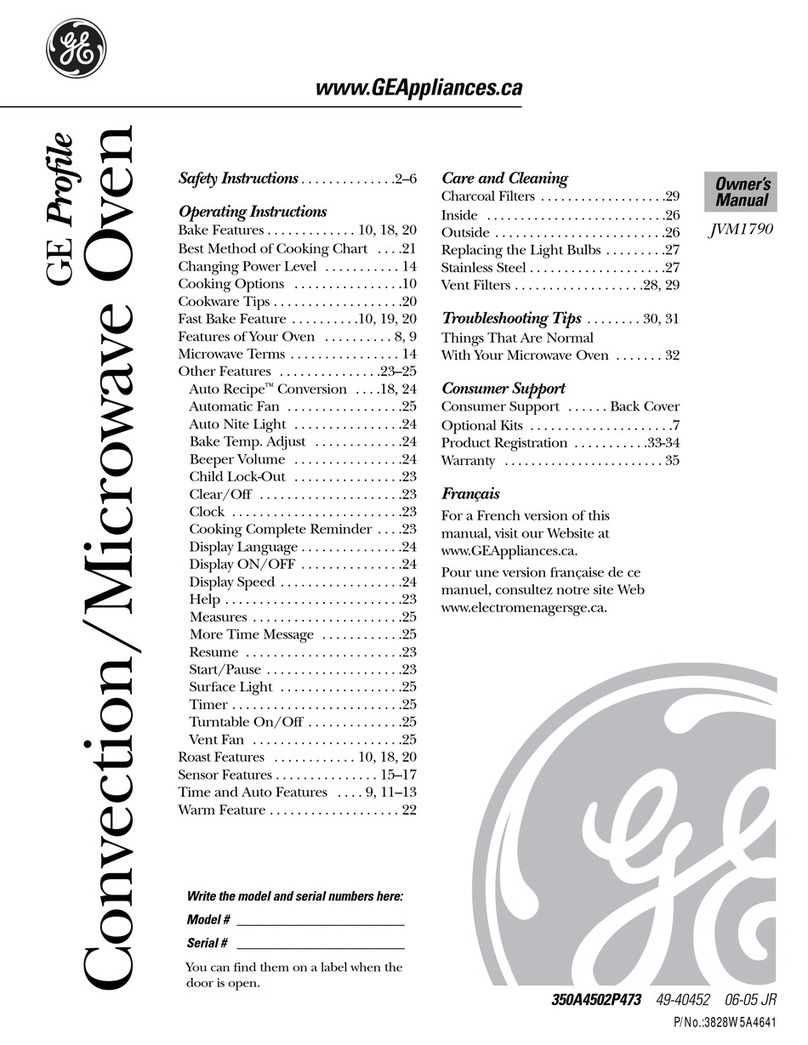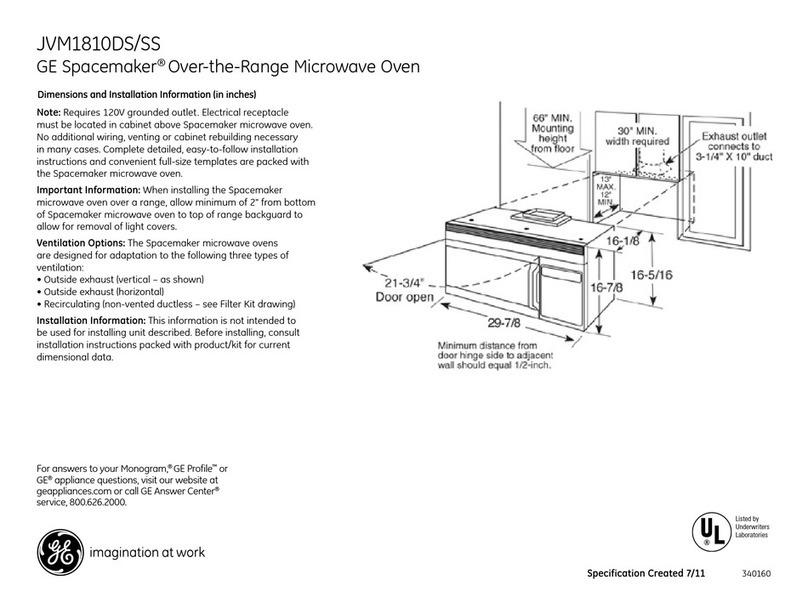GE SpaceMakerXL JMV1420 How to use
Other GE Microwave Oven manuals
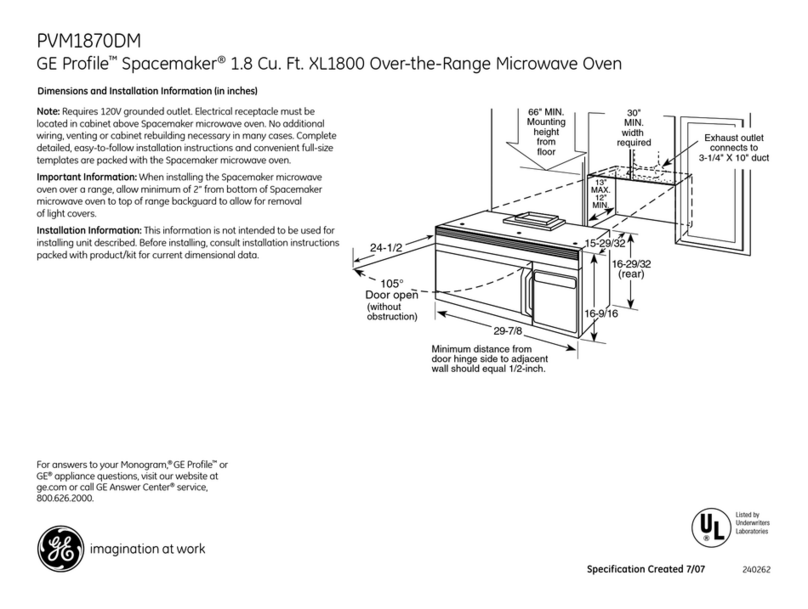
GE
GE Profile Spacemaker PVM1870DMBB User instructions
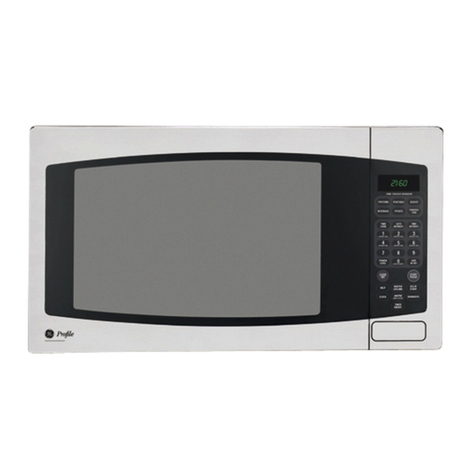
GE
GE JE2160 User manual
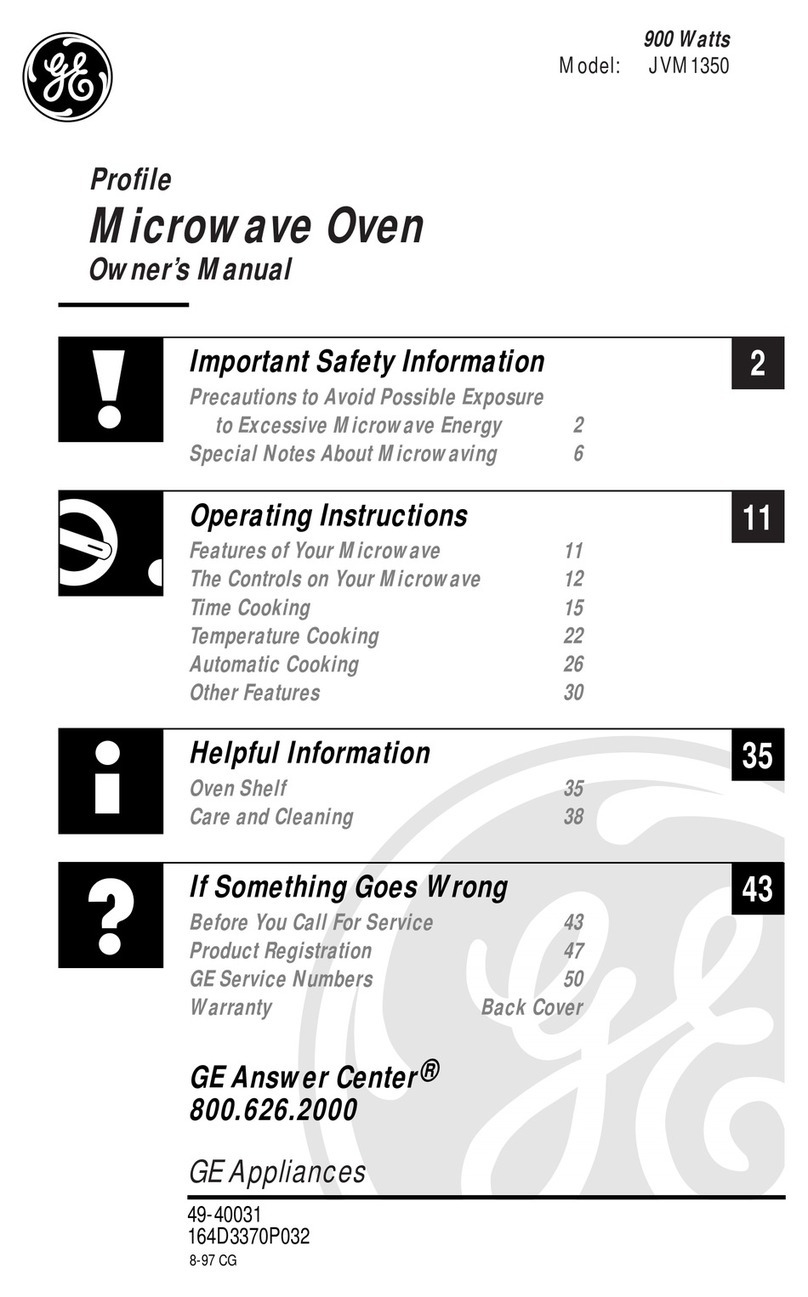
GE
GE Profile SpacemakerXL JVM1350 User manual
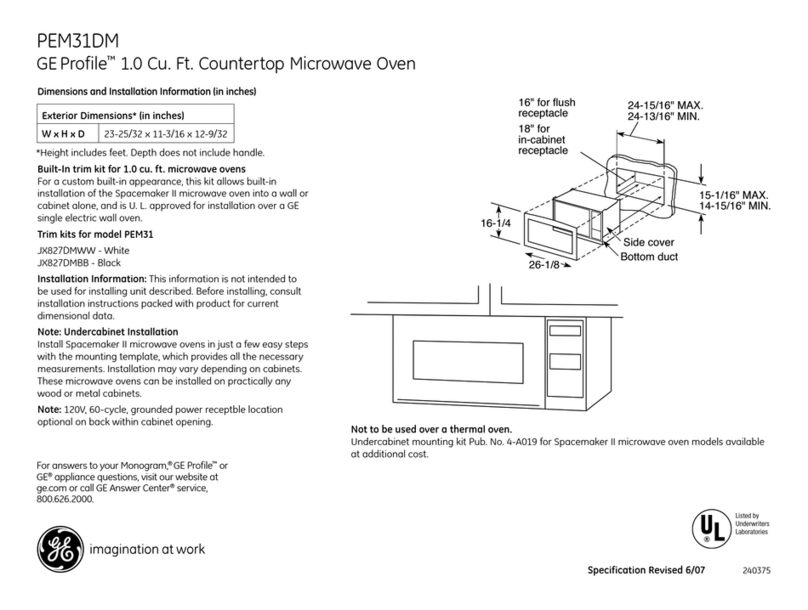
GE
GE Profile Spacemaker II PEM31DM Manual

GE
GE SpacemakerXL JVM1642 User manual
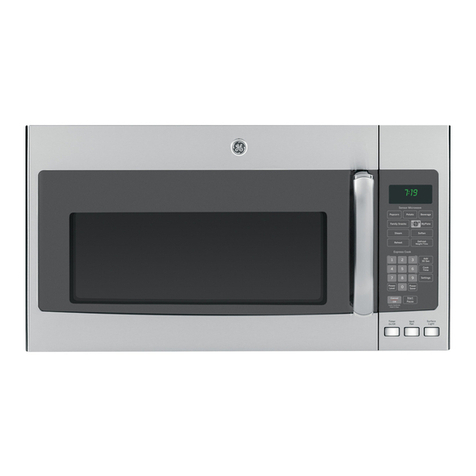
GE
GE JNM7196 User manual
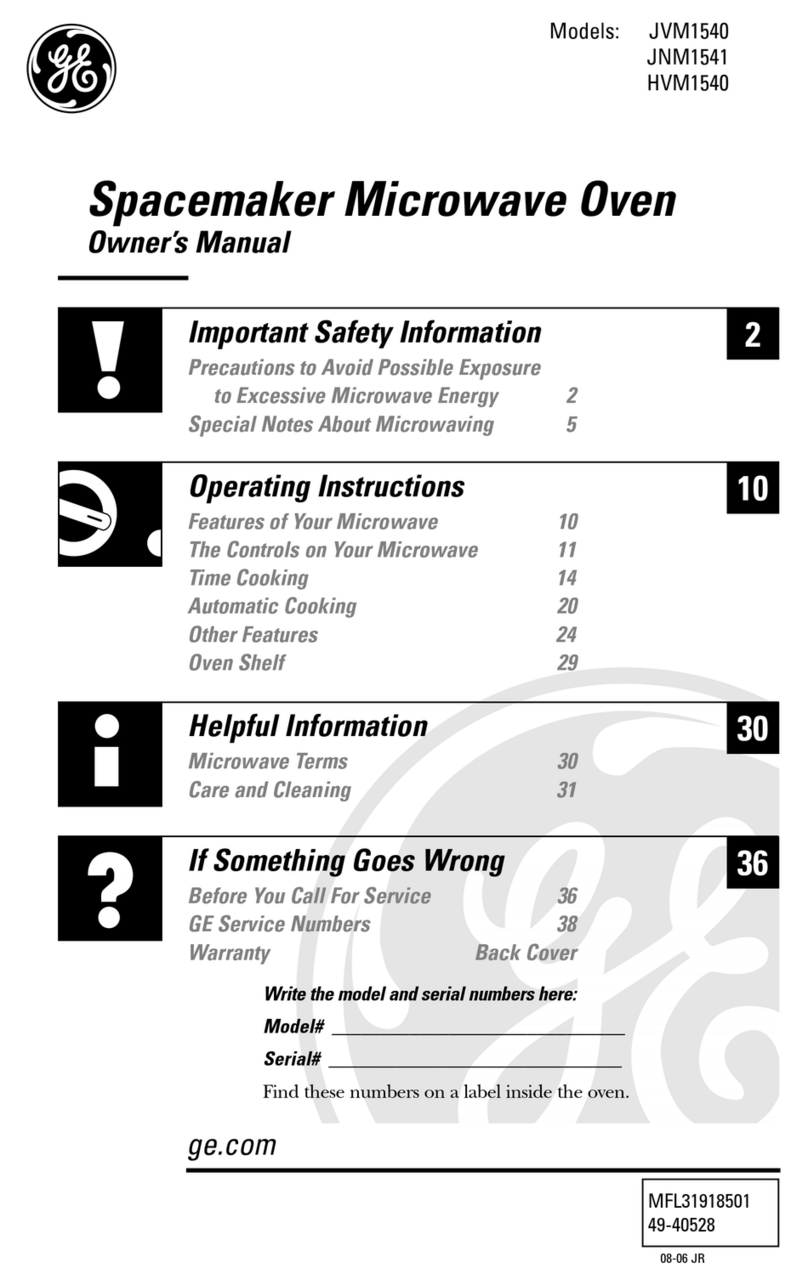
GE
GE Spacemaker HVM1540 User manual

GE
GE JESl140 User manual

GE
GE JE89 Installation instructions
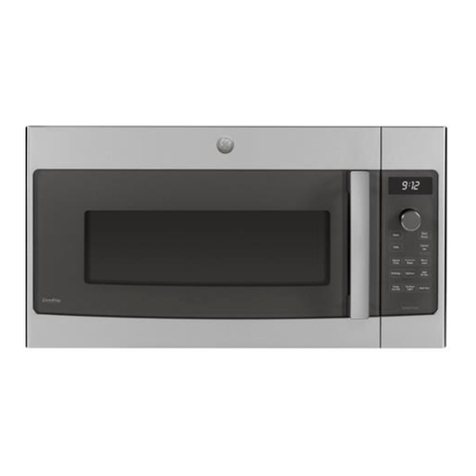
GE
GE PSA9120SF1SS User manual
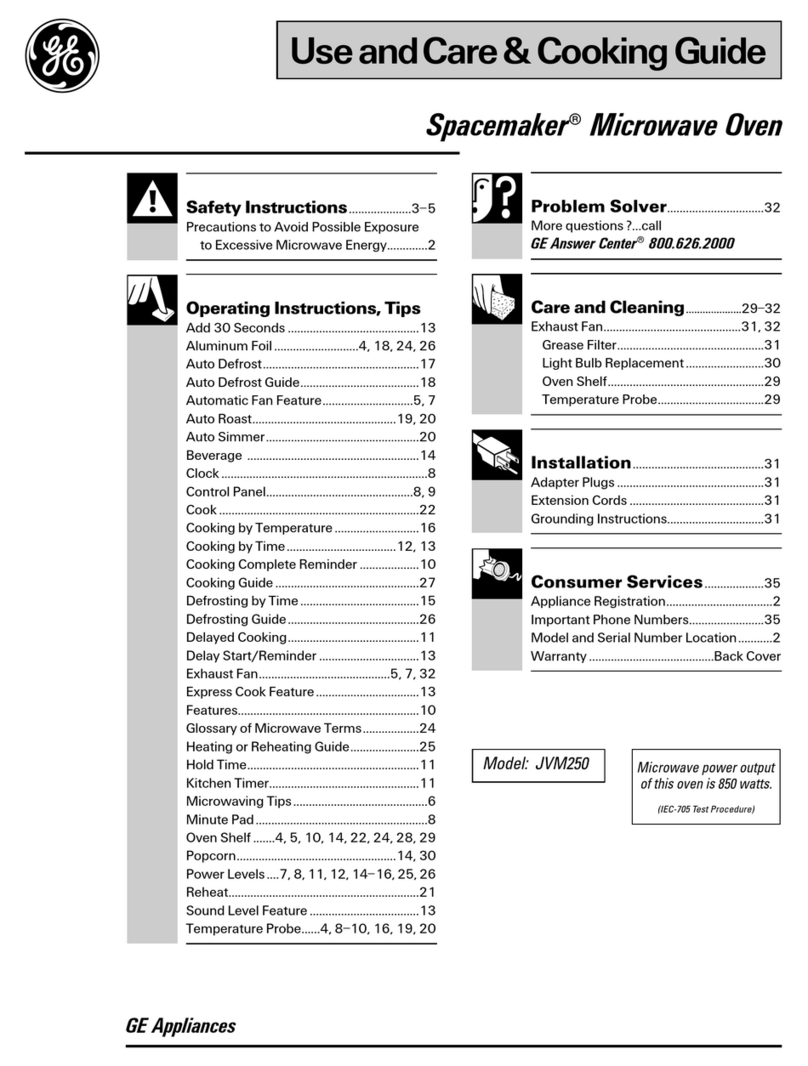
GE
GE Spacemaker 164D2966P142 User manual
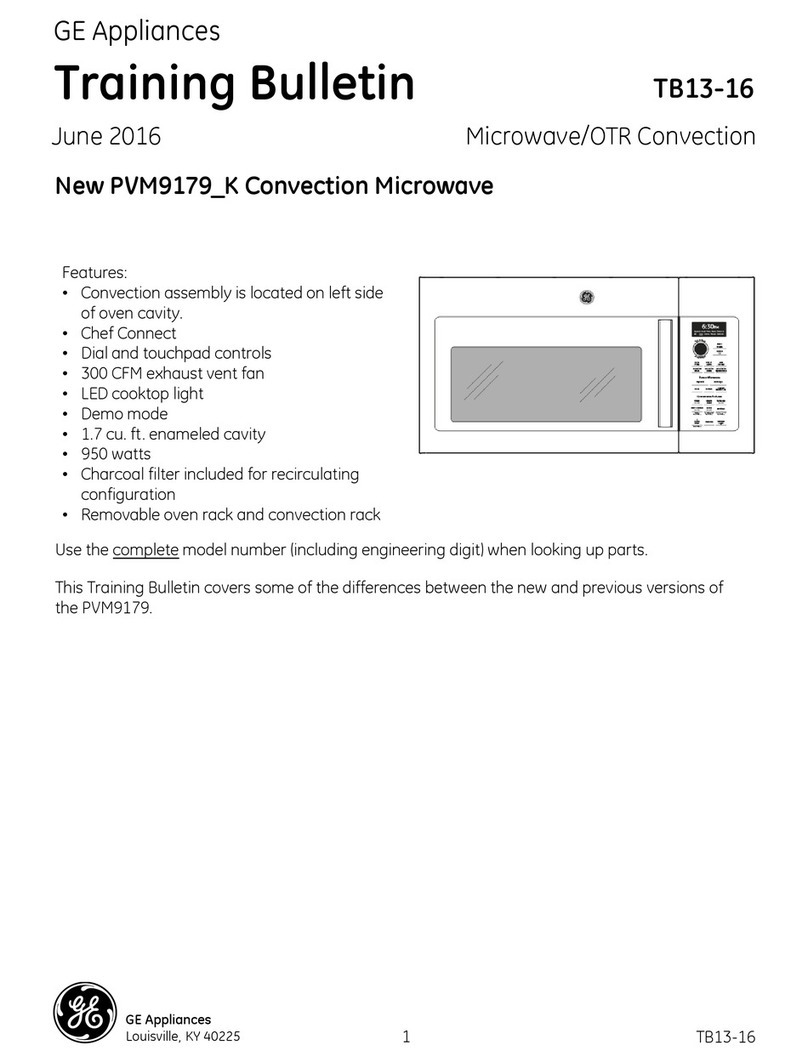
GE
GE PVM9179*K Series Installation guide
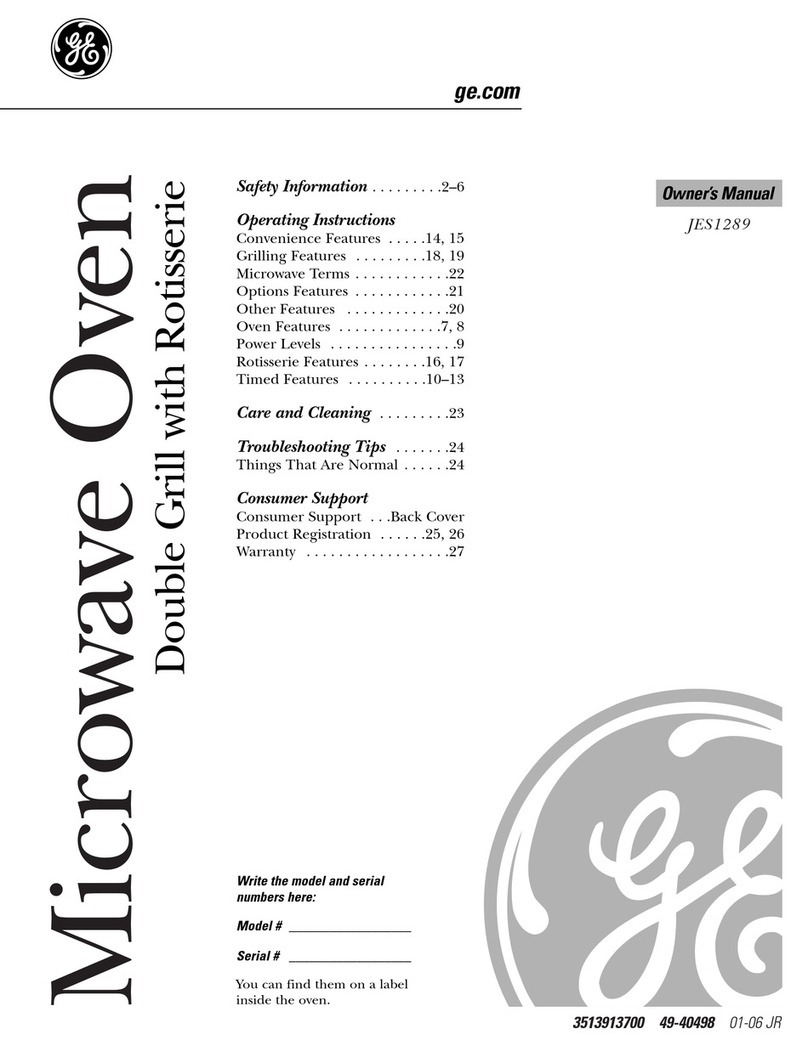
GE
GE JES1289SK User manual

GE
GE JES1650 User manual
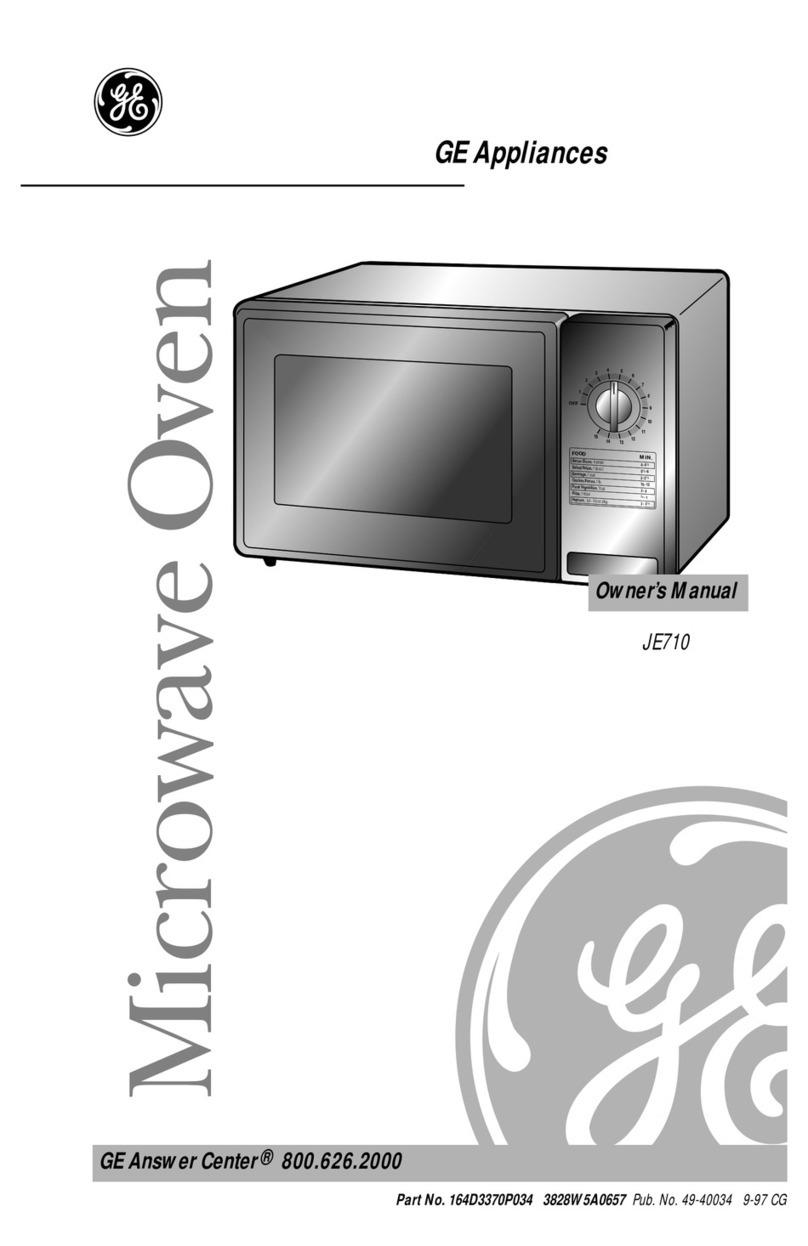
GE
GE JE710 User manual
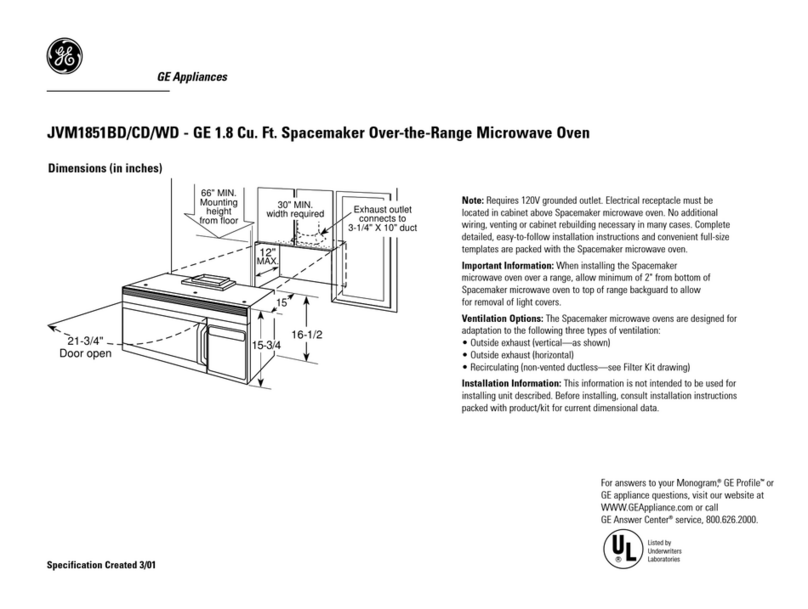
GE
GE Spacemaker JVM1851BD User guide
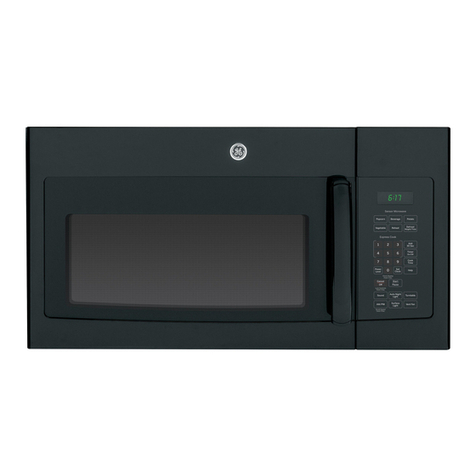
GE
GE JVM6177 User manual
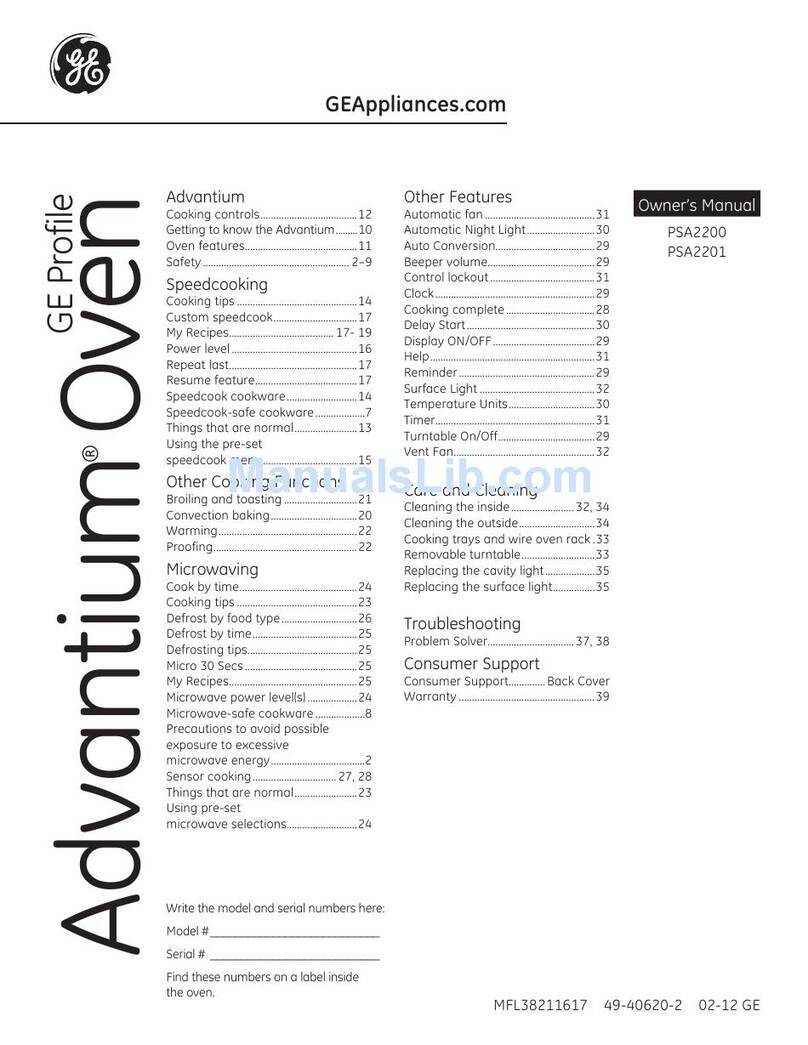
GE
GE PSA2201RSS User manual
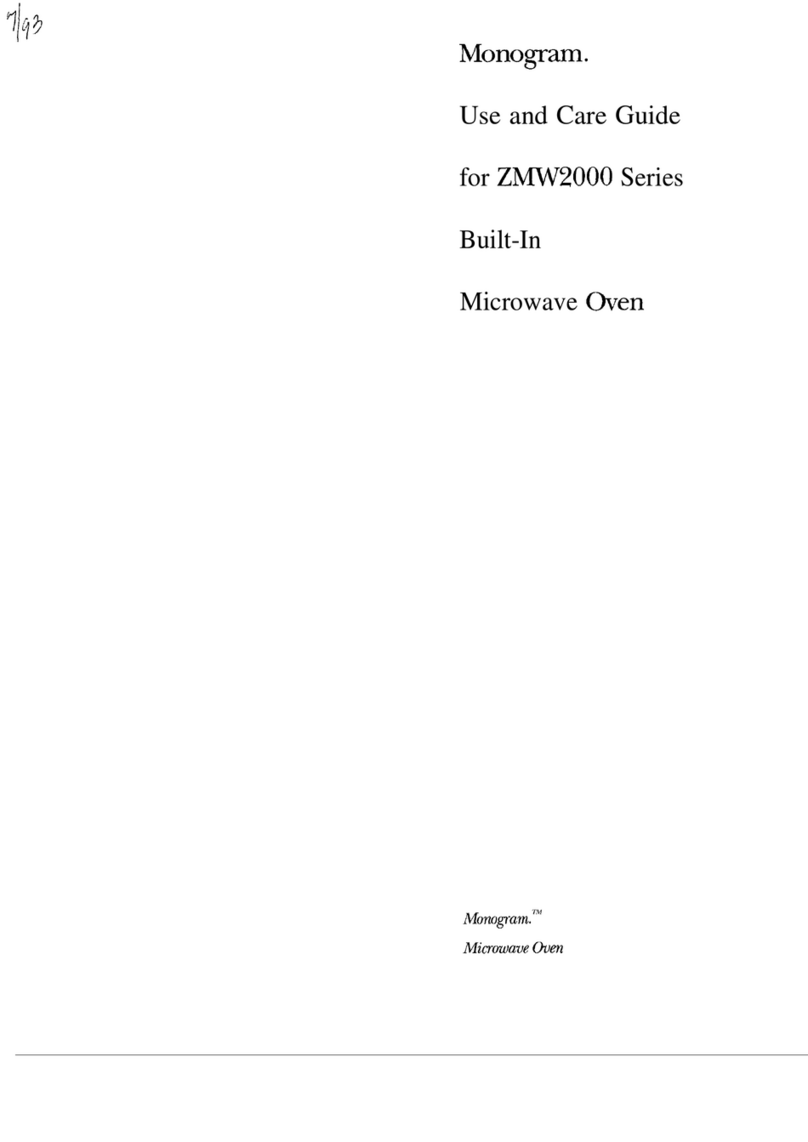
GE
GE Monogram ZMW2000 Series User manual

GE
GE Advantium SCA1001HSS Manual
Popular Microwave Oven manuals by other brands

Conrad Electronic
Conrad Electronic 2372935 operating instructions

DAEWOO ELECTRONICS
DAEWOO ELECTRONICS KOR-6L8K5S83 Operating instructions & cook book

DAEWOO ELECTRONICS
DAEWOO ELECTRONICS KOR-1N5A9S Operating instructions & cook book

Daewoo
Daewoo KQG-6617G Operating instructions & cook book

Samsung
Samsung M1779 Owner's instructions

Miele
Miele H6200BM(TB) Operating and installation instructions

Jocel
Jocel JMO011480 instruction manual

Sharp
Sharp R-752M Operation manual with cookbook

Electrolux
Electrolux EVL8E00X user manual

STOVES
STOVES Q900GRF DO User, installation & servicing instructions

Daewoo
Daewoo KOR-6L0B3S Operating instructions & cook book

KitchenAid
KitchenAid KCMS1555 Use and care guide

